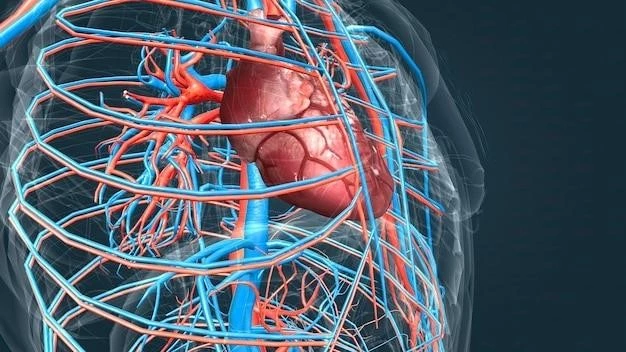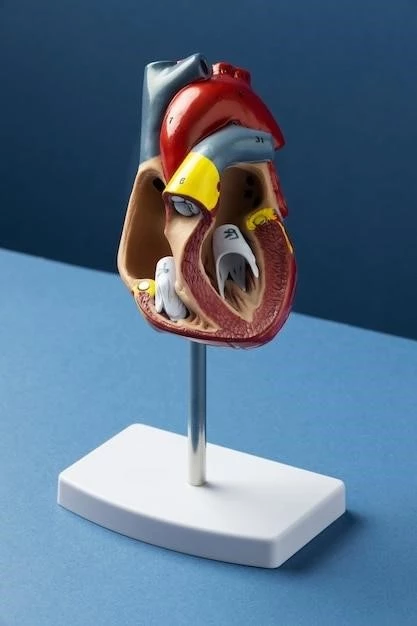Overview of Patent Ductus Arteriosus
Patent ductus arteriosus (PDA) is a congenital heart defect where the ductus arteriosus, a blood vessel that should close after birth, remains open. This can lead to abnormal blood flow and affect lung and heart function.
Patent Ductus Arteriosus (PDA) is a congenital heart defect where the ductus arteriosus, a blood vessel that should close after birth, remains open, allowing oxygenated blood to flow back towards the lungs. This condition can lead to heart and lung complications. PDA is primarily caused by the failure of the ductus arteriosus to close properly after birth, resulting in abnormal blood flow patterns.

Symptoms and Diagnosis
Patent ductus arteriosus may present with symptoms such as heart murmur, rapid breathing, and failure to thrive in babies. Diagnosis typically involves echocardiography to confirm the condition.
Definition and Causes
Patent ductus arteriosus (PDA) is a congenital heart defect where the ductus arteriosus, a vital fetal blood vessel, fails to close after birth, causing abnormal blood flow. This condition can lead to complications in heart and lung function.
Clinical Presentation and Diagnostic Methods
PDA may manifest with heart murmur, rapid breathing, and poor weight gain in infants. Diagnosis often involves echocardiography to confirm the condition accurately.
Medical Management and Surgical Interventions
Medical management of Patent Ductus Arteriosus includes the use of cyclo-oxygenase inhibitors. Surgical interventions or transcatheter closure procedures may be necessary based on the severity of the condition.

Complications and Prognosis
Patent ductus arteriosus can lead to heart failure, pulmonary hypertension, and other cardiac issues if left untreated. Timely intervention improves long-term outcomes for individuals with PDA.
Potential Risks and Long-Term Outlook
In the long term, untreated Patent Ductus Arteriosus may lead to heart failure, pulmonary hypertension, and other complications affecting the cardiovascular system. Timely detection and appropriate management significantly improve the prognosis for individuals with PDA, reducing the risk of associated long-term health issues.
Prevalence and Risk Factors
Patent ductus arteriosus is common in neonates, occurring in approximately 1 in 2000 full-term births, with a higher incidence in preterm infants. Certain risk factors, such as prematurity, can increase the likelihood of PDA occurrence.
Incidence Rates and Associated Conditions
Patent ductus arteriosus occurs in about 1 in 2000 full-term neonates, with a higher incidence in preterm infants. Certain associated conditions and risk factors like prematurity play a role in the occurrence of PDA.
Research and Advancements
Recent research on Patent Ductus Arteriosus focuses on improving diagnostic methods and exploring innovative treatments for better outcomes. Advancements in surgical techniques and catheter-based interventions show promising results in managing PDA.
Ongoing Studies and Innovative Approaches
Current research on Patent Ductus Arteriosus focuses on improving diagnostic accuracy and exploring innovative treatments. Studies aim to enhance patient outcomes and reduce potential long-term complications associated with PDA. Innovative approaches, including advancements in surgical techniques and catheter-based interventions, show promising results in managing this congenital heart defect.
Patent Ductus Arteriosus (PDA) is a congenital heart defect that occurs when the ductus arteriosus fails to close after birth, leading to abnormal blood flow. Understanding the prevalence, causes, symptoms, and treatment options for PDA is crucial in ensuring optimal care and outcomes for affected individuals. Ongoing research and advancements in diagnostic methods and treatments offer hope for improved management of this condition and better long-term prognosis for patients with PDA.
